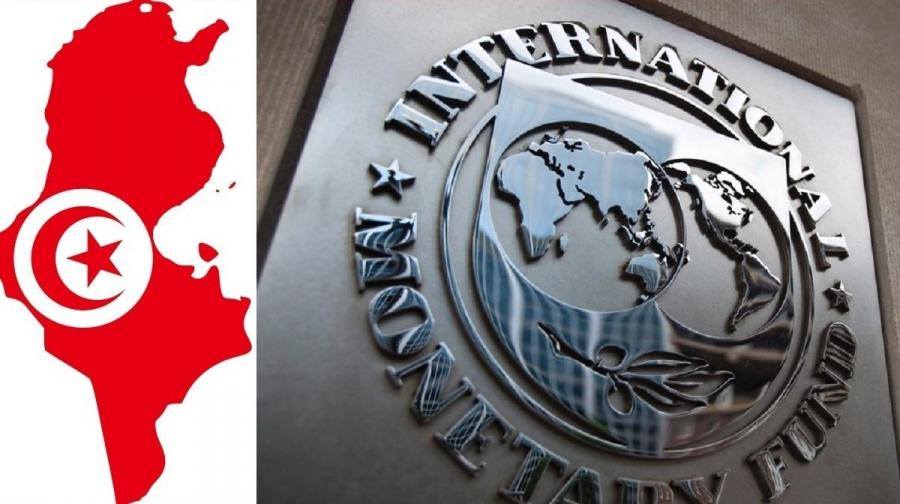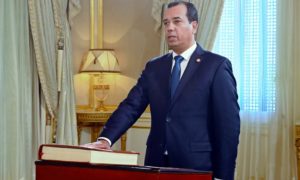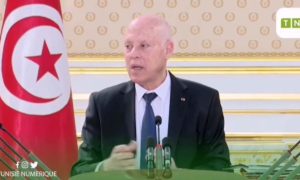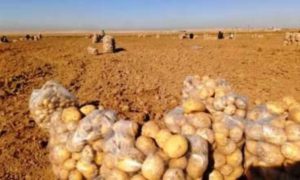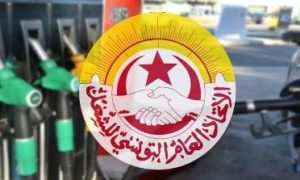While not all post-2011 administrations have been capable to execute the “reforms” demanded by the IMF, Najla Bouden’s government is more resolute than ever to go through with adopting them despite their economic and social prices. Moreover, the governor of the Central Bank of Tunisia (BCT), Marouane Abassi recently maintained that a deal on a series of “reforms” that he described as “realistic and acceptable” could be reached with the IMF. Sihem Boughdiri, the finance minister, likewise confirmed the information.
Referring to a recent government document that Tunisie Numérique was able to consult, we present the major measures intended by the presidency of the government to lift the funding reserve to be granted, possibly, by the IMF. These measures are presented below, literally and in the order, they appeared in the said document, and are included in three main chapters:
- Imposition of new tax provisions,
- Lifting of subsidies for energy and other products,
- Reducing the wage bill and reforms of public enterprises.
Quantified details of the proposed Tax Measures
The proposals concern:
- The boost in tobacco prices with additional revenue anticipated in 2022 of 300 million dinars (MD / Million dinars),
- An impact expected under the new tax provisions of 781 MD
- additional non-tax revenues of 300 MD,
- Other measures of 500 MD,
- That is to say a total financial impact of 1881 MD.
- The application of the automated product price adjustment mechanism (SS Diesel, Regular Diesel and Gasoline) at a rate of 3% instead of 5%,
- The establishment of a committee for the automatic adjustment of electricity and gas prices,
- The establishment of a regulatory authority and the finalization of the targeting-LPG platform,
- The gradual lifting of the subsidy for this product.
- The recruitment freeze (415 MD),
- The salary freeze (1060 MD) with a practical gain in 2023 and 2024,
- Early retirement (84 MD) – with an assessed cost of 192 MD –
- Other unspecified measures namely mobility to the private sector and the extension of leave for the creation of businesses.
- Voluntary departure with severance pays for the 50-57 age group. The impact estimated in 2022 is (-48 MD) with a cost of (+221 MD) and a net effect of (-38 MD) per year during the period 2023-2026
- Voluntary departure with severance pay on condition of holding 5 years of seniority. The impact of the compensation service (48 gross salaries) is (-53 MD) in 2022 with a cost of (+420 MD) and a net annual impact of (-105 MD) during the period 2023-2026.
In short, the total economic impact, from this angle, is (-153 MD) in 2022 with a general cost of (+641 MD) and a net annual effect next year of (+488 MD) and ( -143 MD) over the period 2023-2026.
Commodity subsidies: Proposals 2022
In this regard, it is suggested that the control of the distribution channels of basic products will make it feasible to achieve in 2022 a saving for the state budget of 400 MD.
It is likewise expected that the reduction in the number of gasoline vouchers for functional jobs will have an impact of 3 MD.
Public Enterprise Reforms
No costing has been given at this level, with just the highlighting of a few axes of adjustment over the period 2022-2024.
These axes consist of:
- The definition of a fiscal consolidation program for public enterprises through the engagement of external firms,
- The rescheduling of bank debts as part of an all-around consolidation plan and an examination of tariff policy in parallel with the definition of a social consolidation plan.
Control of public finance balances
The full impact of the adjustments is calculated at 4,977 MD while that of other uncovered budgetary measures to be identified is counted at 3,673 MD.
As a result, the administration forecasts an expansion of growth from 2.8% in 2021 to 2.6% in 2022, to 3% in 2025 (year corresponding to the framework of article IV of the IMF) and to 3% in 2026.
Inflation is likewise expected to stand at 5.7% at the end of 2021, 7% in 2022, 4.9% in 2025 (4% in 2025 within the meaning of Article IV of the IMF) and 4.9% in 2026.
According to government forecasts, the budget deficit will be 8.2% of GDP at the ending of this year, 7.7% of GDP in 2022, 4.4% of GDP in 2025 (2.5% of GDP in 2025 / article IV IMF) and 3.5% in 2026.
The financing needs will evolve to 21,071 MD in 2021, 23,074 MD in 2022, 19,617 MD in 2025 and 18,859 MD in 2026.
We will come back to a thorough analysis of the aforementioned measures as soon as they are confirmed by the Tunisian government.
What's happening in Tunisia?
Subscribe to our Youtube channel for updates.



